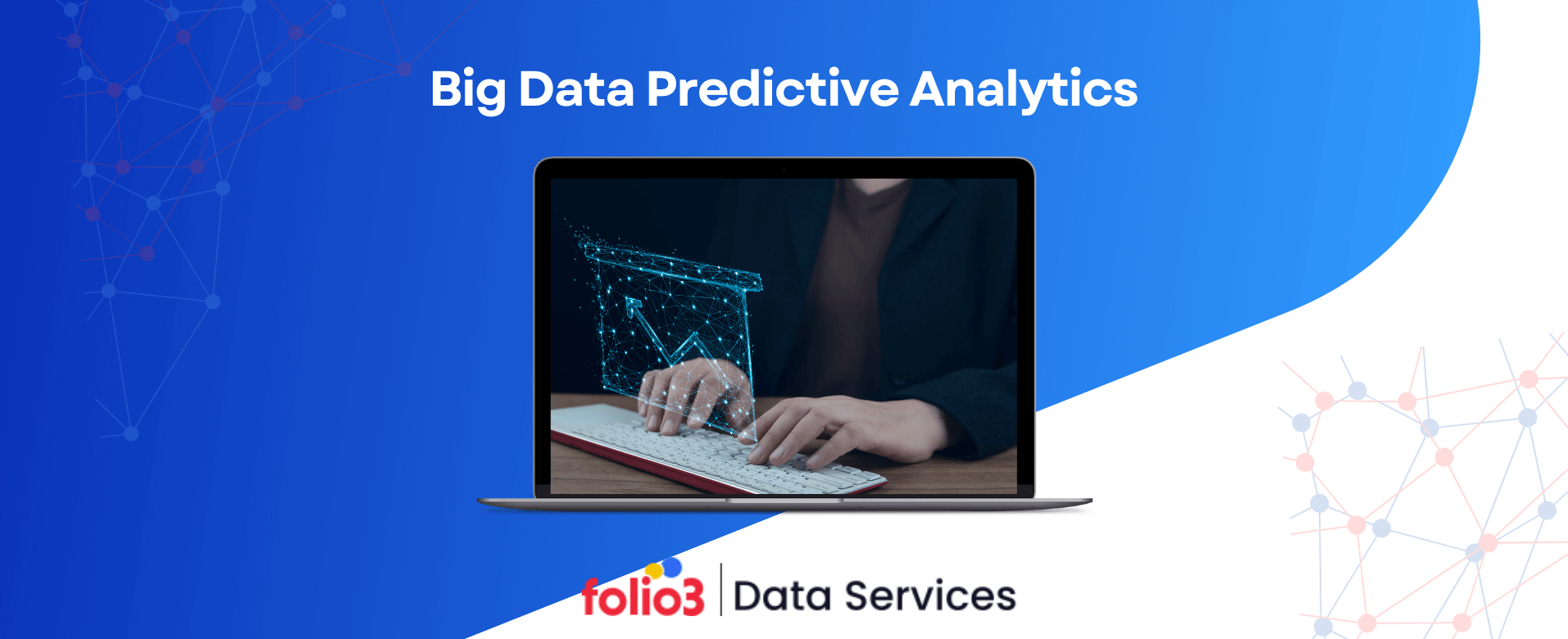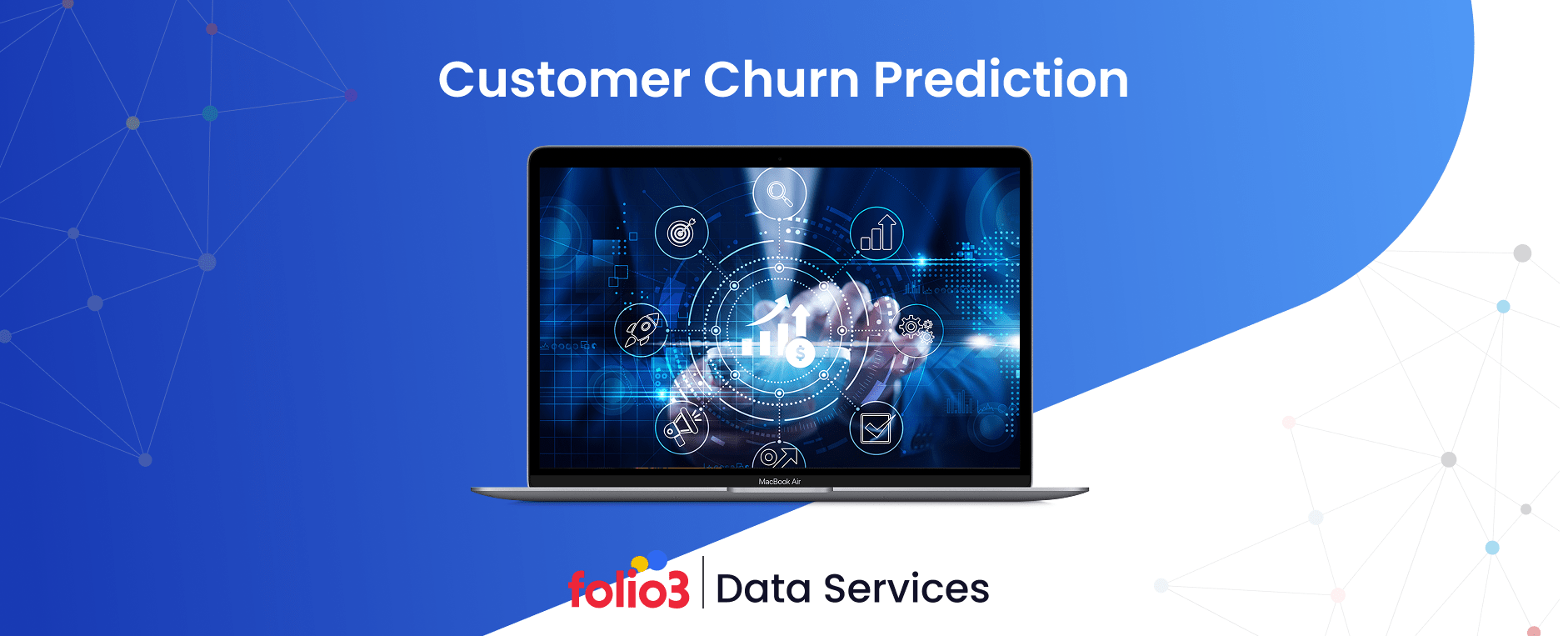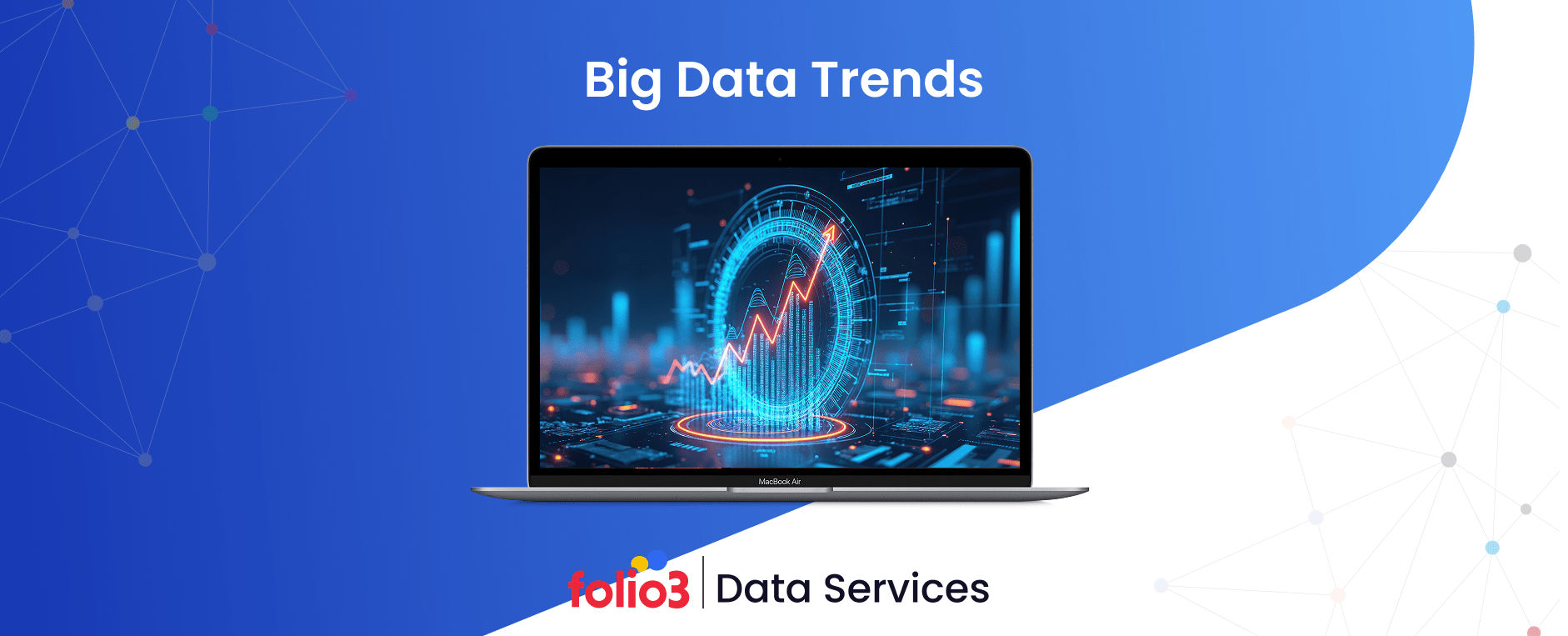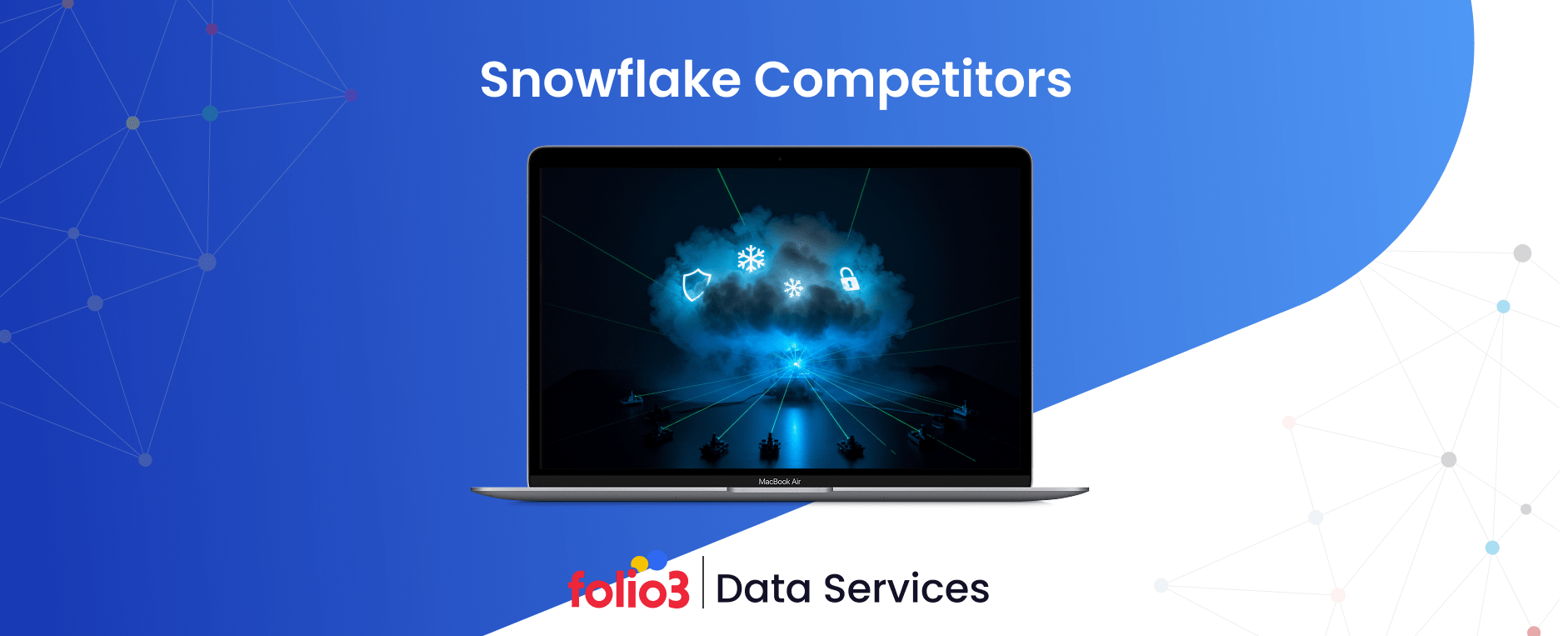Data is the new oil fueling innovation and decision-making across industries. By 2025, the global big data analytics market is projected to exceed $103 billion, showcasing its ever-expanding role in shaping the future of business and technology. Big data predictive analytics stands at the forefront of this revolution, enabling organizations to forecast trends, identify opportunities, and address challenges with unmatched precision.
For instance, businesses that leverage predictive analytics are 2.5 times more likely to make decisions faster than their competitors, according to a Forbes survey. Additionally, industries like healthcare, retail, and manufacturing have witnessed up to a 30% increase in operational efficiency by incorporating big data predictive models.
This article explores how big data predictive analytics is a game-changer, empowering organizations to unlock future insights, optimize strategies, and thrive in a data-driven world.
What is Predictive Analytics?
Predictive analytics is a data-driven approach that uses advanced statistical techniques, machine learning algorithms, and computational models to analyze historical data and forecast future outcomes.
Identifying hidden patterns and trends enables organizations to make proactive decisions and prepare for emerging challenges and opportunities. Unlike descriptive analytics, which focuses on understanding past events, predictive analytics takes a forward-looking perspective, helping businesses anticipate potential scenarios.
This capability is crucial across various industries, including healthcare, where it predicts disease outbreaks; finance, where it detects fraud; retail, where it optimizes inventory management; and manufacturing, where it ensures seamless supply chain operations.
Types of Predictive Modeling
Predictive modeling employs various techniques tailored to specific data characteristics and business goals. Here are the most common types:
1. Classification Models
Classification models are designed to categorize data into predefined groups or classes, making them essential for decision-making in binary or multiclass scenarios. For instance, these models are widely used in fraud detection, where transactions are classified as fraudulent or legitimate, or in credit scoring, where they predict whether a borrower might default on a loan.
A healthcare application might use classification to diagnose diseases based on patient symptoms, offering critical insights for timely intervention.
2. Clustering Models
Clustering models group data points into clusters based on similarities in their attributes. Unlike classification, clustering does not rely on predefined categories but instead discovers natural groupings within the data.
This approach is invaluable for market segmentation, enabling businesses to identify distinct customer groups and develop targeted marketing strategies. For example, a retailer might use clustering to segment customers based on purchasing behaviors, tailoring campaigns to meet the unique needs of each segment.
3. Time Series Models
Time series models analyze sequential data points to predict future values or trends. These models are extensively used in fields like financial forecasting, predicting stock prices or currency fluctuations, and inventory management, estimating future product demand.
For example, a logistics company might use time series analysis to forecast seasonal shipping trends, ensuring adequate resources and streamlined operations.
Difference Between Big Data Analytics and Predictive Analytics
While big data and predictive analytics share the goal of generating valuable insights, they differ significantly in focus, techniques, applications, and scope. Here’s an in-depth comparison:
A. Focus and Purpose
- Big Data Analytics: Concentrates on processing and analyzing vast volumes of structured and unstructured data to uncover patterns, trends, and correlations. Its broad purpose is to provide a comprehensive understanding of data across multiple dimensions.
- Predictive Analytics: Focuses on leveraging historical data to predict future outcomes and probabilities. It is forward-looking and aims explicitly to anticipate events and guide strategic decision-making.
B. Techniques and Tools
- Big Data Analytics: It relies on frameworks and tools like Hadoop, Spark, and NoSQL databases to process massive datasets at scale. These techniques efficiently handle data velocity, volume, and variety, enabling real-time or near-real-time insights.
- Predictive Analytics: Uses machine learning algorithms, regression analysis, and neural networks to create models for forecasting. These tools enable precise predictions, identifying patterns that might influence future trends or events.
C. Applications
- Big Data Analytics: Frequently applied in scenarios such as real-time decision-making, sentiment analysis on social media, operational intelligence, and supply chain optimization. For example, big data analytics helps e-commerce platforms recommend products by analyzing browsing behavior in real time.
- Predictive Analytics: Focused on use cases like customer churn prediction, sales forecasting, fraud detection, and risk assessment. For instance, banks use predictive models to identify high-risk loan applicants based on historical repayment data.
D. Scope
- Big Data Analytics: Broad and exploratory, addressing various questions and providing insights across various domains. It seeks to understand what has happened or is happening within massive datasets.
- Predictive Analytics: Narrower and more targeted, emphasizing specific future outcomes or events. It hones in on questions like “What will happen?” and often operates on datasets pre-processed using big data techniques.
Benefits of Big Data Predictive Analytics
Big data predictive analytics offers transformative advantages for businesses by turning raw data into actionable insights.
With the help of advanced models, businesses can mitigate risks, personalize customer experiences, and gain a strategic edge in their respective industries. Let’s explore the key benefits in detail:
A. Enhanced Decision-Making
Big data predictive analytics empowers organizations to make informed, data-driven decisions by identifying trends and patterns. By utilizing data strategy services, businesses can forecast outcomes and plan strategically by analyzing historical and real-time data. For instance, a retailer can adjust inventory based on predicted demand spikes, minimizing stockouts or overstocking. This strategic advantage optimizes resources and ensures alignment with business objectives.
B. Increased Operational Efficiency
Organizations can enhance efficiency by leveraging predictive analytics to pinpoint inefficiencies and optimize workflows. In manufacturing, predictive models can forecast equipment malfunctions, allowing timely maintenance to reduce downtime and maintain productivity. Similarly, logistics companies use predictive tools to identify optimal delivery routes, saving time and reducing fuel consumption.
C. Risk Mitigation
Predictive analytics is a powerful tool for assessing and mitigating risks. In the finance sector, predictive models analyze credit histories and market behaviors to identify high-risk loan applicants or potential fraud cases. Similarly, insurance companies use analytics to predict claims and adjust policies, minimizing financial exposure. Proactively addressing risks helps organizations safeguard assets and maintain stability.
D. Personalization and Customer Insights
Understanding customer behavior is critical for businesses aiming to deliver personalized experiences. Leveraging tools like BigQuery consulting, predictive analytics enables companies to analyze customer preferences and anticipate needs. For instance, e-commerce platforms use browsing and purchase history data to recommend relevant products, boosting customer satisfaction and sales. This personalized approach fosters stronger customer relationships and drives loyalty.
E. Competitive Advantage
Adopting big data predictive analytics allows businesses to stay ahead in highly competitive markets. By anticipating market trends and customer demands, organizations can innovate and adapt more quickly than their competitors. For example, a telecom company can use predictive analytics to identify regions with rising demand and deploy resources accordingly, maintaining a competitive edge in customer acquisition and retention.
Real-World Impact
Companies like Amazon and Netflix exemplify the transformative power of big data predictive analytics. With the help of customer insights and predictive models, these businesses consistently outperform competitors, offering tailored services and exceptional user experiences. In today’s fast-paced economy, such benefits make predictive analytics an indispensable tool for success.
Implementation Framework for Big Data Predictive Analytics
Implementing big data predictive analytics requires a structured and methodical approach to maximize its potential. Below are the critical components for successful integration:
A. Data Strategy
Developing a strong data strategy is foundational for predictive analytics implementation.
- Define Clear Objectives: Start by identifying the specific business goals you aim to achieve, such as improving customer retention, optimizing operations, or mitigating risks.
- Identify Relevant Data Sources: Collect data from structured sources like databases and unstructured sources like social media, IoT devices, or emails.
- Ensure Data Quality: Implement data cleansing and preprocessing techniques to eliminate inconsistencies, inaccuracies, and duplicates.
- Establish Governance Practices: Set up robust data governance frameworks to ensure data security, compliance, and standardization across the organization. Leveraging data engineering solutions at this stage can help streamline data pipelines, integrate diverse sources, and ensure a scalable foundation for advanced analytics.
B. Model Building
Building effective predictive models requires choosing the right techniques and validating their performance.
- Select Appropriate Models: Choose models such as regression, decision trees, neural networks, or ensemble methods based on the nature of the problem. For instance, time series models work well for sales forecasting, while classification models excel in fraud detection.
- Train the Models: Use historical data to train models and fine-tune them using hyperparameter optimization techniques.
- Validate Model Performance: Split data into training and testing sets, applying metrics like precision, recall, and RMSE (Root Mean Square Error) to ensure the model’s accuracy and reliability. Reviewing relevant data analytics statistics from similar projects or industry benchmarks can also guide which metrics matter most and help compare your model’s performance to market standards.
C. Deployment and Feedback Loops
Once models are ready, integrating them into workflows and continuously improving them is crucial.
- Model Deployment: Embed predictive models into existing business processes, such as CRM systems for customer segmentation or supply chain systems for inventory management.
- Establish Feedback Mechanisms: Set up monitoring systems to assess real-time model performance and capture deviations.
- Continuous Learning: Update models with new data and retrain them regularly to maintain relevance and improve accuracy.
Folio3’s Approach to Big Data and Predictive Analytics
Using big data and predictive analytics, businesses can drive better decisions, optimize processes, and stay competitive. Folio3 supports organizations in forecasting trends, spotting opportunities, and addressing challenges through historical and real-time data insights. Learn more about Folio3’s analytics solutions.
Understanding Predictive Analytics
Predictive analytics uses historical data and machine learning to forecast future outcomes. By spotting patterns and trends, businesses can anticipate challenges, optimize strategies, and enhance decision-making across industries like finance, healthcare, and retail.
Types of Predictive Models
Businesses can apply classification models for fraud detection, clustering models for customer segmentation, and time series models for demand or financial forecasting. Each model provides actionable insights that guide strategy and efficiency.
Benefits of Big Data Predictive Analytics
Combining big data with predictive analytics improves decision-making, boosts operational efficiency, enhances customer experiences, and gives companies a competitive edge. These insights help manage risks, personalize offerings, and drive innovation.
Implementation Framework
Adopting predictive analytics requires a clear data strategy, effective model building, and continuous monitoring. Folio3 supports scalable data pipelines, seamless model deployment, and ongoing feedback to ensure accurate, actionable insights.
Final Words
Big data predictive analytics represents a powerful fusion of scale and foresight, enabling businesses to unlock the full potential of their data. Whether improving efficiency, mitigating risks, or gaining a competitive edge, predictive analytics offers a pathway to smarter, more informed decision-making.
As industries evolve in a data-driven world, staying updated on the latest trends and adopting innovative tools is crucial. When implementing predictive analytics, organizations can turn data into actionable insights and drive success in an increasingly competitive landscape.





